Creativity
The goal is to create. At the end of the day isn't that what it is all about? Maybe it isn't for everyone, but for me, it is the yin to the yang of learning.
Creativity comes from the Latin words creare and facere, which mean "to create" and "to make" respectively.
You learn all the things, and then you get to create something.
So let's review our terms.
We are following Mihaly Csikszentmihaly definition of creativity in which
Creativity is any act, idea, or product that changes an existing domain, or that transforms an existing domain into a new domain
To Mihaly, creativity has to bring something new and valuable to the party.
While the terms and conditions for what changing a domain or value are up for debate but in general, the distiniction is between what I would better classify as creativity vs novelty.
Margaret a. Boden in "The Creative Mind: myths and mechanisms" defines it somewhat similarily
Creativity is the ability to come up with ideas or artifacts that are new, surprising, and valuable.
Mihaly says further that
A person cannot be creative in a domain to which he or she is not exposed
The destinction here is between creativity and novel.
We often say children are creative, but novel is a better term. Sure, they are creating, but the output isn't going to change the world. No one is lining up to see their latest fridge drawing. A picture of a hotdog fighting a fire maybe novel, but it is not ushering in a new art style.
This goes back to the rule learning phase, while our goal is to move beyond the rules, you still need to internalize them to some degree before you can create something new and valuable.
You need to travel to the edge of the horizon to move past it.
Everything comes from something
What a good artist understands is nothing comes from nowwhere. All creative work builds on what came before. Nothing is completely original - Austin Kleon
What is orginality? Undetected plagarism - William Ralph Inge
There is a lot of mysticism and romanticism around creativity. Many people believe that you either have it or you don't. Or that it comes only in flashes. The lighting bulb moment.
This is a trope in literature and movies, the story of a tortured artist who has an extreme life to stay in touch with that creative spirit. The searching for a muse.
It is not mystical, and it is not extraordinary. It is a skill that all of us have. Sure, some people are more creative, but like many things, it is a range, but everyone has it, and it is a skill you can strengthen.
It is just that we tend to glorify artistic work and not the office worker who finds a new creative solution to their work.
So let's start with the creative genius. This idea is that someone pulls things from the creative ether and creates. It is nonsense.
Mozart is often touted as one of these. But then, when you get past the surface-level details, you see something different.
Mozart's father was a successful composer in his own right and was obsessed with teaching his children music. Mozart and his sister got training from a successful composer from a very young age.
He is often hailed as a prodigy because he composed when he was a young teenager, but it wasn't anything great. It took time for him to come into his own as a composer until he made the things we actually, remember him for.
I am not trying to take a way for Mozart's accomplishments in fact, I think I am giving him more credit. He worked hard to be a musician par excellence.
Mihaly Csikszentmihalyi's take is that
Children can show tremendous talent, but they cannot be creative because creativity involves changing a way of doing things, or a way of thinking, and that in turn requires having mastered the old ways of doing or thinking.
Things are in the air
How about Newton, one of the most intelligent humans probably to have ever lived, who basically invented Calculus on a dare. Which seems incredible, and is, but he was not alone.
Leibniz also invented Calculus independently, and it is his notation that we use today.
While they are both exceptional humans, Calculus was in the air because the need for it was in the air.
Problems beget problems. You cannot see the problem two steps ahead. You need to solve them in order. So you solve basic geometry and algebra, but then still have questions about the universe and realize you need new tools to understand the motions of planets.
This is the spot that both of them found themselves in. The problem was sitting there waiting to be solved, but only when people were in a place to ask the question.
History is replete with multiple people working on the same thing at the same time.
People in a time and place steal ideas from other people in that same time in place by stealing ideas from people that just came before them.
No one in art or science hopscotches over time or, as Kirby Ferguson says, "Everything is a remix." or as scientist Stuart Kauffman defines as "adjacent possible". Everything has a lineage that can be clearly traced. Science has paradigms.
You must explore the first order, then the second order.
Until you are at the edge, the possibility is not visible.
Tales of three's
To make my point, here are three different but very similar descriptions of the creative process.
Three B's
This comes from the book The Runaway Species by Anthony Brandt & David Eagleman.
They break up the creative process in to these three buckets:
-
Bending: Take something preexisting and bend it a bit. The core idea is still there and the lineage is clear, but it is a bit different. Many internet memes function at this level. With time, something, could start to be considered a new thing altogether.
-
Breaking: This is where you take a part of something. Brandt and Eagleman reference things like Picasso and Cubism, or the technique of pointillism. You take a bigger concept and find a smaller atom within and run with that. Or, as Raph Koster puts it, "looking for core small bits".
-
Blending: This is where pull from multiple things and find ways of putting them together.
Everything is a remix
There is a great video essay on how "Everything is a remix" by Kirby Ferguson. Highly recommend giving it a watch.
Here are his three, what he calls "the basic elements of Creativity":
-
Copying: Similar to bending, you copy something, but you change it slightly. Or just by being an imperfect human, you fail at making a prefect copy.
-
Transform: "taking ideas and creating variations. " Similar to copying, but you are purposely trying to create variations.
-
Combine: This is blending, taking aspects from multiple things and combining them.
Humans make terrible copiers, so there is always noise introduced in the copy process, introducing new to the copy. Often times a new element is added, but the core is the same.

Three types of surprise
This comes from: The Creative Mind: myths and mechanisms - Margaret a. Boden
Three types:
-
Making unfamiliar combinations of familiar ideas (Blend/Combine)
-
Exploring conceptual space (Bending/Transform)
-
Transforming space (Transform)
When you have explored the space but want to move on, you need to transform the space to create new rules because the space currently limits what can be done.
Boden talks about how there are limits to writing say a haiku, and that if you like to move in a new direction, you need to transform the space.
Connections
Creativity is just connecting things - Steve Jobs
I might add the term connect to the mix. Often if there is an aha moment, it feels like it happens when you connect something to something else or what Raph Koster calls context replacement: taking something from one domain to another.
This is one of the most useful ways of finding new ideas, you find something that you can steal from one domain and bring to another.
Maybe it could be argued that it is just a form of combining, but to me, it is about seeing a universality to something. Finding a larger abstraction.
Assembly line is simply a general concept that can be applied to almost anything.
Velcro was invented by Georges de Mestral when he observed how cockleburs stuck to certain clothes, making a connection that this idea could be used as a sort of adhesive.
You see something through the lens of something else, and that allows you to apply the things you know from the former field to the latter. This lets you see the new field in an entirely new way.
The opposite of making connections is called function fixedness.
Functional fixedness is when you can only see a thing in a fixed, known way. You see a thing as only the thing it is "made" for.
A famous problem called the candle stick problem explores this very problem where people are given a candle, a box of thumbtacks, and matches, and then asked to attach the candle to the wall without dripping wax onto the table.
Spoiler alert, the trick is to see the box as a candleholder. Most people see the box as a box that held the thumbtacks not as a mini shelf. People often fail to take the box into consideration at all.
Creativity as vector space
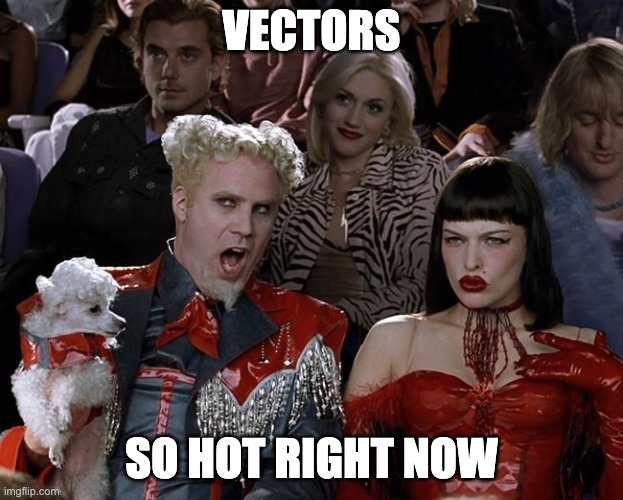
There is no math in this section, so don't worry. I don't really know any anyway.
There is a concept of vectors and vector space. It is a huge part of how LLMs like Chat-GPT work.
I think it is a good metaphor for creativity. If we think of creativity as exploring a search space then vectors are a perfect metaphor.
There are a few ways to think of vectors, but the easiest and the one we will use for this is the idea of an arrow pointing in space, in this case 2D space.
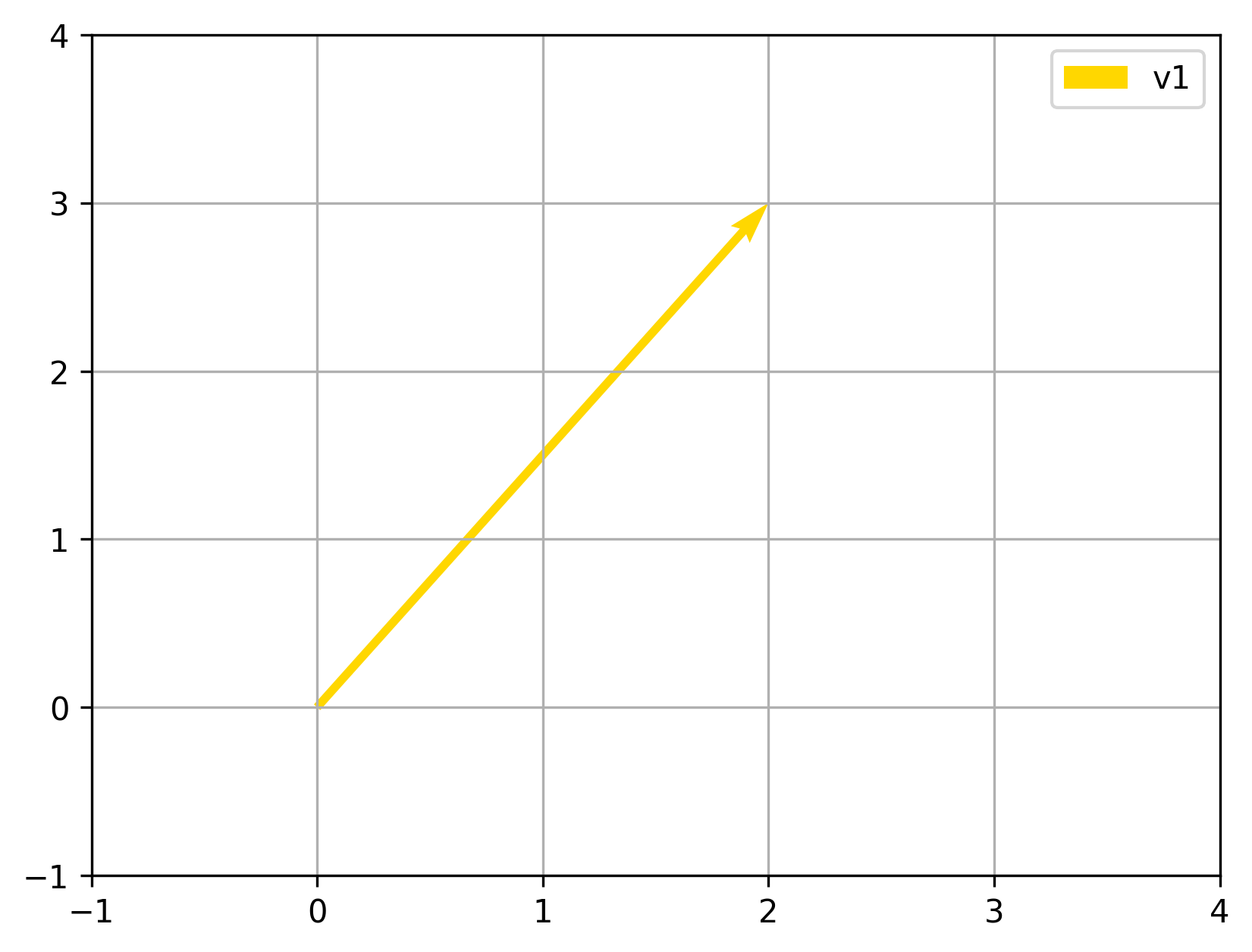
Bending
For bending we are just moving the arrow a bit. It is in the same vicinity, but it has moved. Overtime and with many bends, it could end up being a totally new thing.
Same thing with copying, you can't make the same thing so you end up making something new.
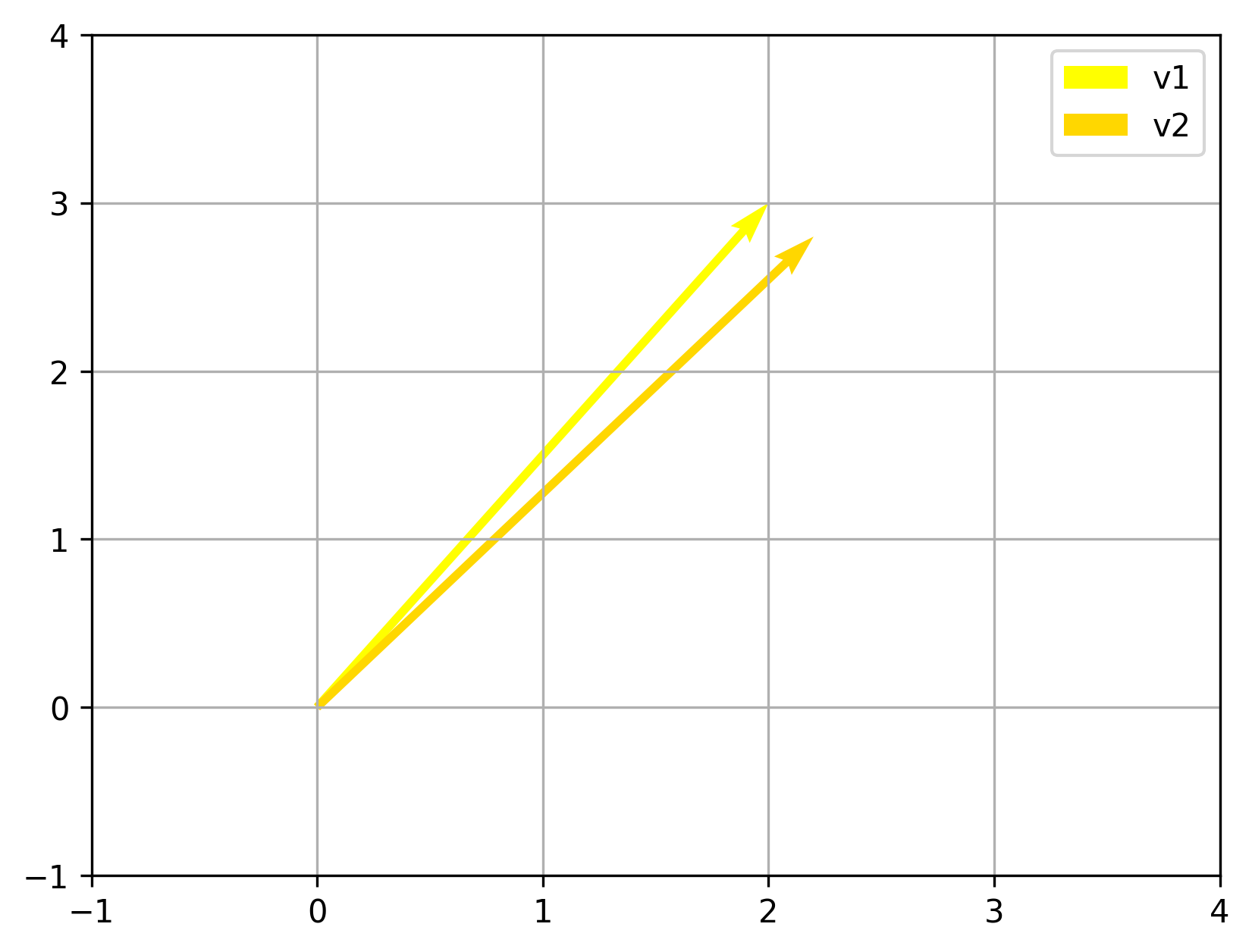
Breaking
Breaking is break and apart something to then recombine in new ways. We are trying to find a smaller atomic unit of a thing and then use that to explore a space.
Those little breaks lead to a different designation.
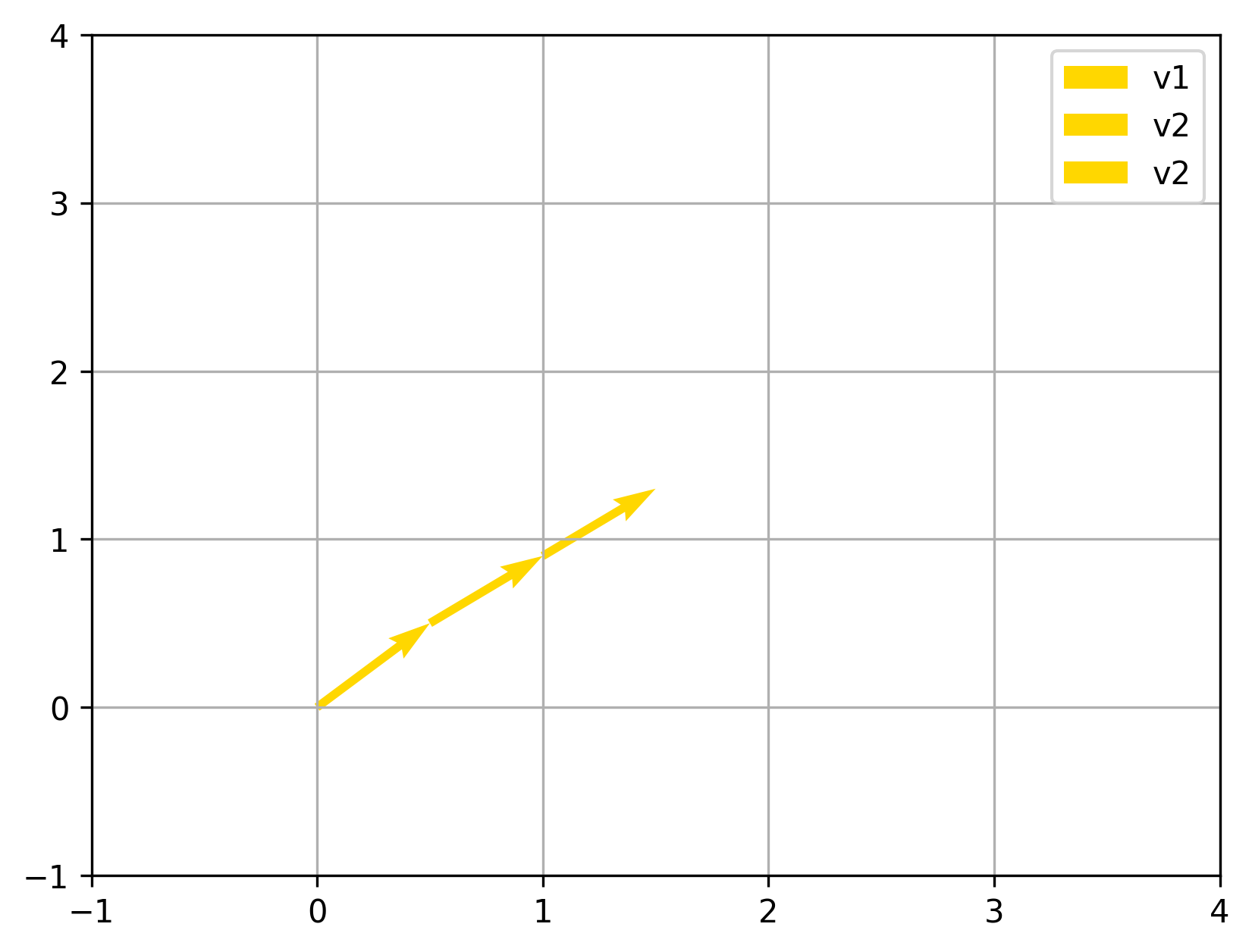
Combining
In an episode of the show Flight of the Concords, one of the characters tries to replace their friends' camera phone. (This is from a some time back when those were still newish). So they tape together an old camera and an old cellphone.
This is just straight addition, and this is rarely a creative act. The additive parts retain too much or all of their original characteristics. They are not merged or blended in any way.
You really are just using the two ideas independently.
Combine is the vector addition where the two ideas are a mixture with other pulling the other in a new direction.
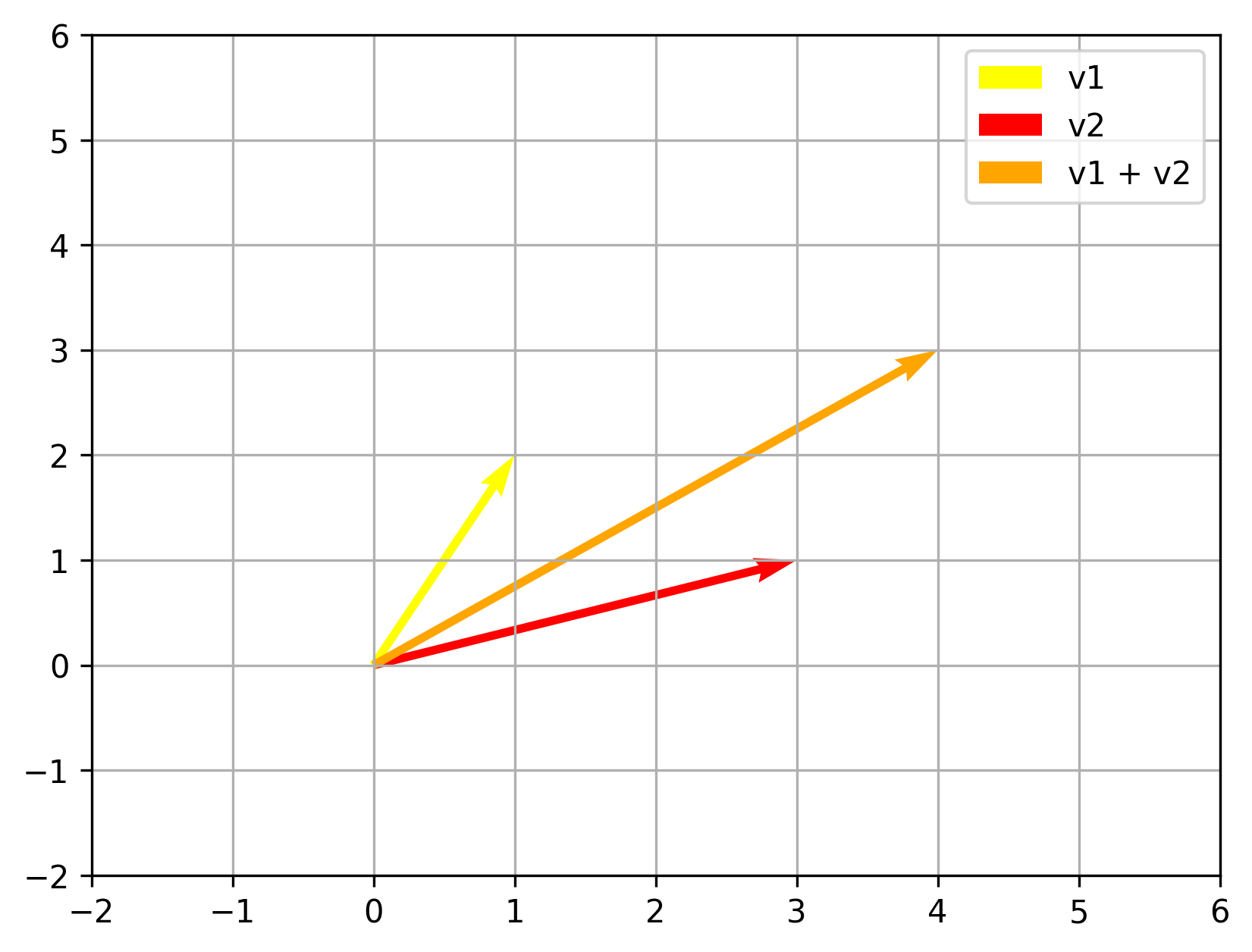
William Shockley, the co-inventor of the transistor, wrote a paper on the variation in productive among scientists. It is pretty blunt, "It is well known that some workers in scientific research laboratories are enormously more creative than others".
One of the main things that he highlights is connections and holding different ideas in your head, and how that can increase the number of permutations you can bring to a problem.
Let say a person is aware of two techniques, or ideas, then the combination is (1,2) (2,1).
But if you can increase that even by one idea, then the permutations are much larger.
(1,2,3), (2, 1, 3), (1, 3, 2), (2, 3, 1), (3, 1, 2), (3, 2, 1)
The more ideas you can combine, the more possibilities and the more chance you have to create something new.